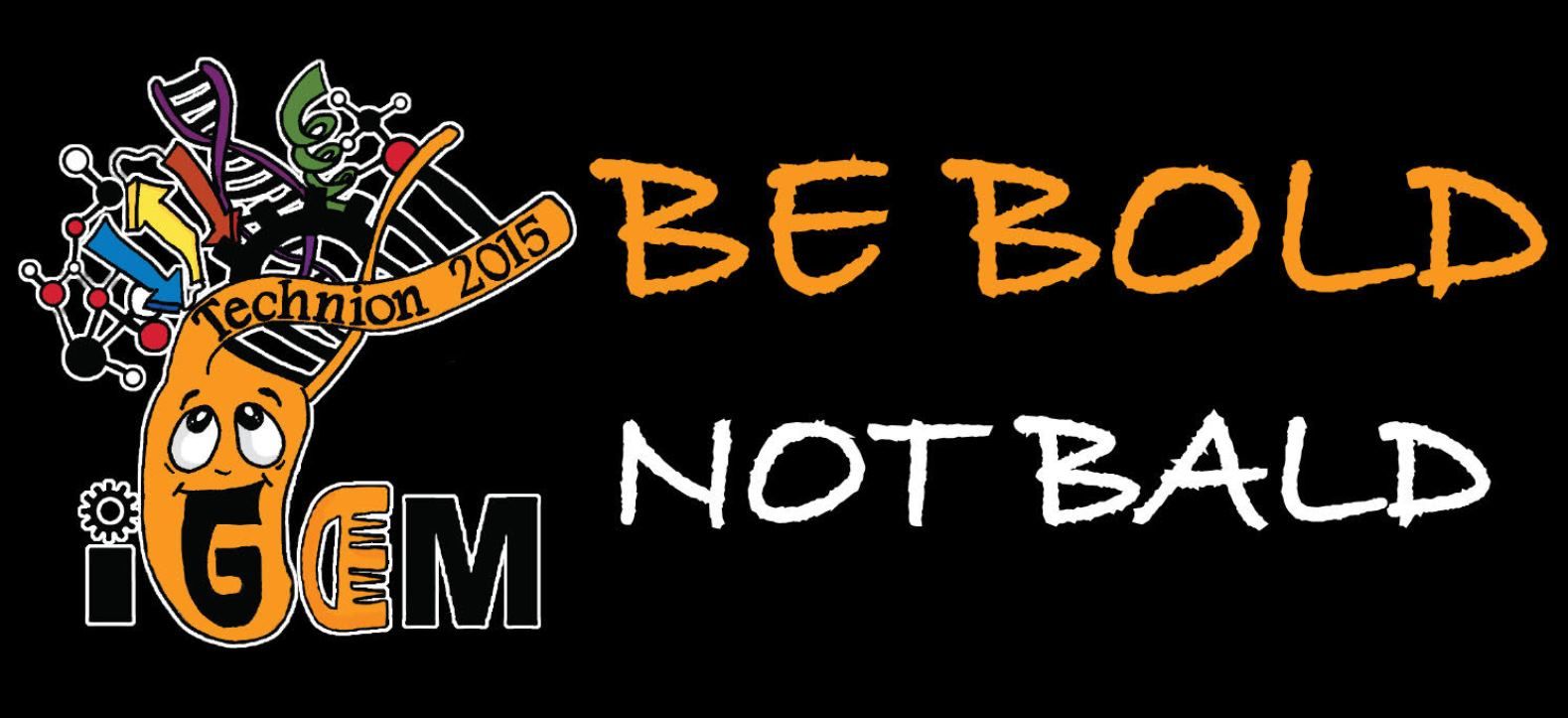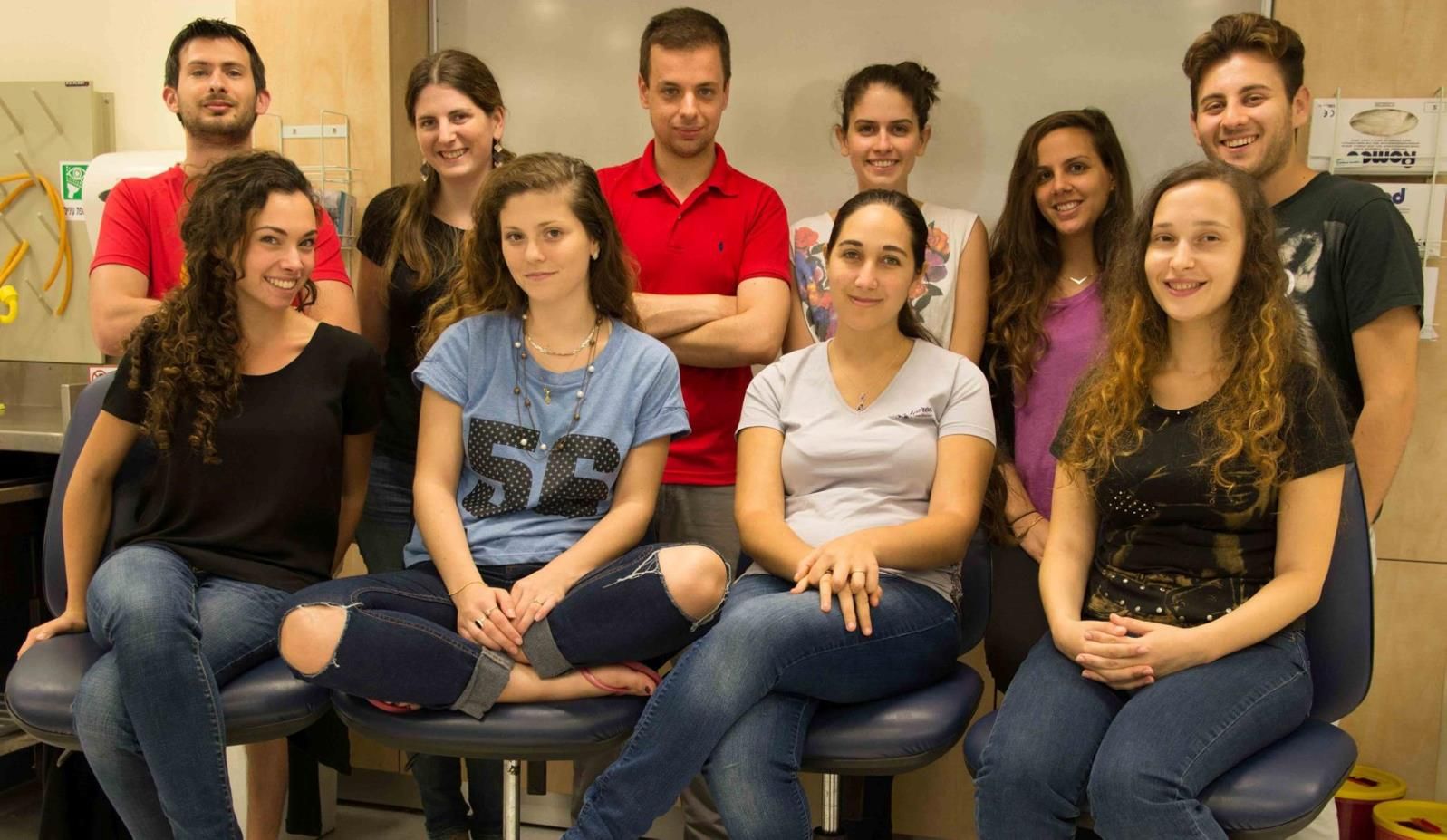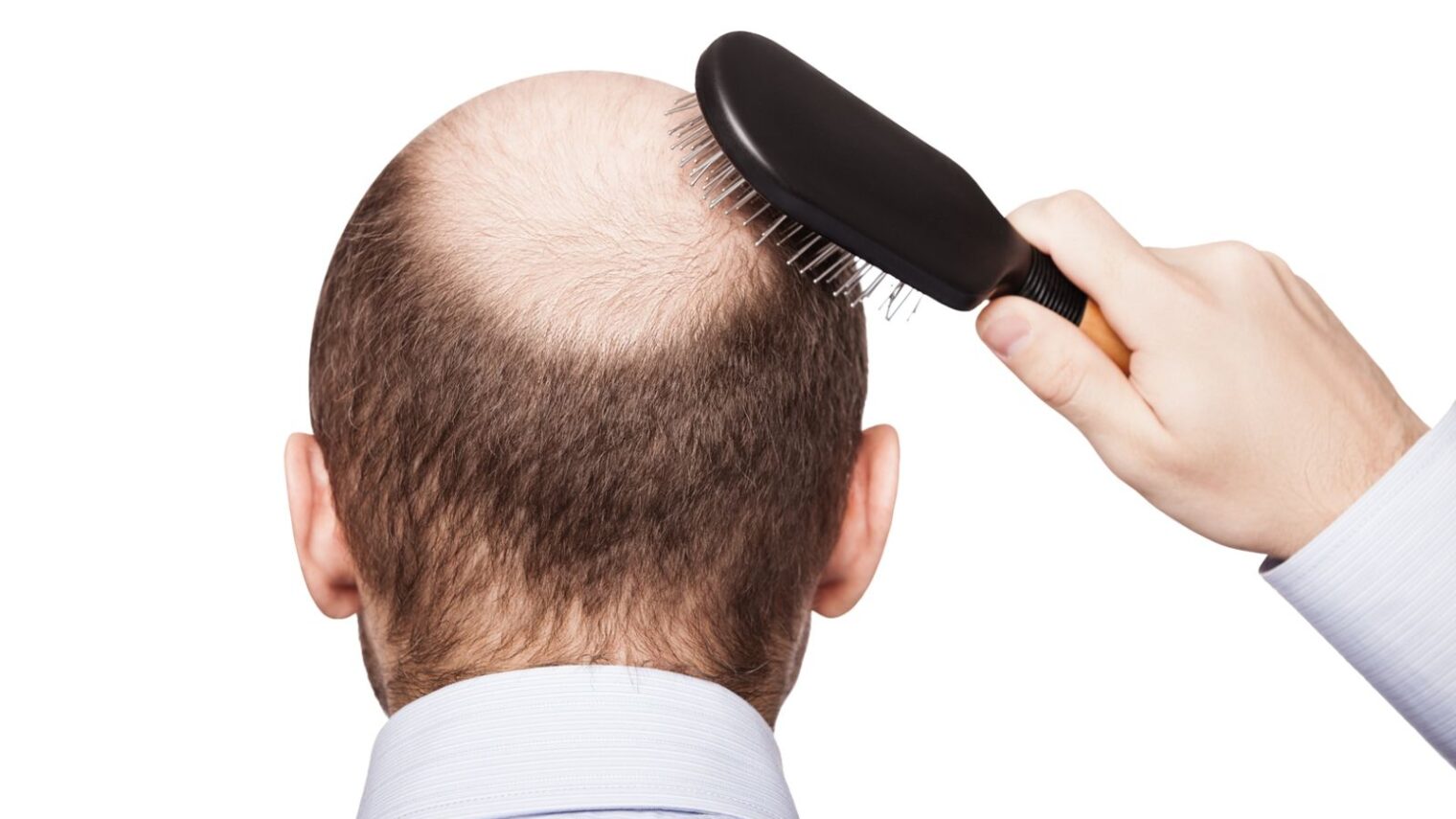The drug finasteride seemed like the answer to every man’s dream of keeping a full head of hair, but it caused nightmares for a small percentage of those who took it, in the form of erectile dysfunction and a greater risk for prostate and male breast cancer.
So when Alexey Tomsov saw that his father was developing a bald spot, he proposed to his partners on the Technion-Israel Institute of Technology’s International Genetically Engineered Machine (iGEM) team that they invent an effective remedy applied directly to the scalp to avoid systemic side effects.
The Haifa team’s cure-in-a-comb ended up winning an iGEM 2015 Jamboree gold medal and first-place prize for Best New Application out of a field of 259 teams of undergraduate and graduate science students from across the world.

Now they’re working to refine and eventually commercialize the product, Tomsov tells ISRAEL21c. “We have a prototype comb already printed, and we validated our enzyme in the lab,” he says.
The potential is huge. Some 61 million people in the United States alone suffer from hair loss, and the existing treatments either cause serious side effects or aren’t very effective.
The Technion team zeroed in on male pattern baldness, the culprit for 95 percent of cases of hair loss in men. They learned that a testosterone derivative called dihydrotestosterone (DHT) causes hair follicles to deteriorate. While finasteride or similar drugs prevent testosterone from converting to DHT, they also can cause nasty side effects.
“We wanted to treat DHT locally, not like a drug that goes throughout the body,” says Tomsov. “We wanted to utilize the natural microflora on the scalp.”
No pill to take
The user injects a comb device with an enzyme that triggers a certain kind of bacteria on the scalp to secrete a substance that breaks down the DHT hormone. The comb and syringe are designed to be reusable.
The prototype and documentation for the competition took 13 months to develop and drew on the expertise of 10 students (seven of them female) from various disciplines, including synthetic biology, chemical engineering, electrical engineering to model the results prior to lab tests, and mechanical engineering to design the comb.
“It’s not a classic biology project,” says Tomsov, a 25-year-old Belarus native who grew up in the Galilee town of Karmiel and recently completed his first degree in biotechnology and food engineering.
Since returning from the Boston competition in late September, the iGEM teammates have been working with the Technion and their mentor, Prof. Roee Amit, to perfect the product. Their long-term goal is to establish a startup, do clinical trials and apply for regulatory approvals. This process could take several years and has no guarantee of success, but the students were encouraged by their iGEM accomplishment.

“Winning the competition was a nice surprise, and we got a lot of attention from the press,” says Tomsov, speaking on behalf of teammates Yael Annis, Tal Ofek, Roni Cohen, Adi Yannai, Ruth Veksler, Liron Abrahami, Ma’ayan Lufton, Nitzan Shmuel and Sagi Sheinkman.
What does his father think about the whole idea? “I used a picture of my father in the presentation, and he likes the idea of taking something from the family and turning it into a project,” Tomsov says with a laugh. “I think he’ll be one of the first to try it clinically.”














